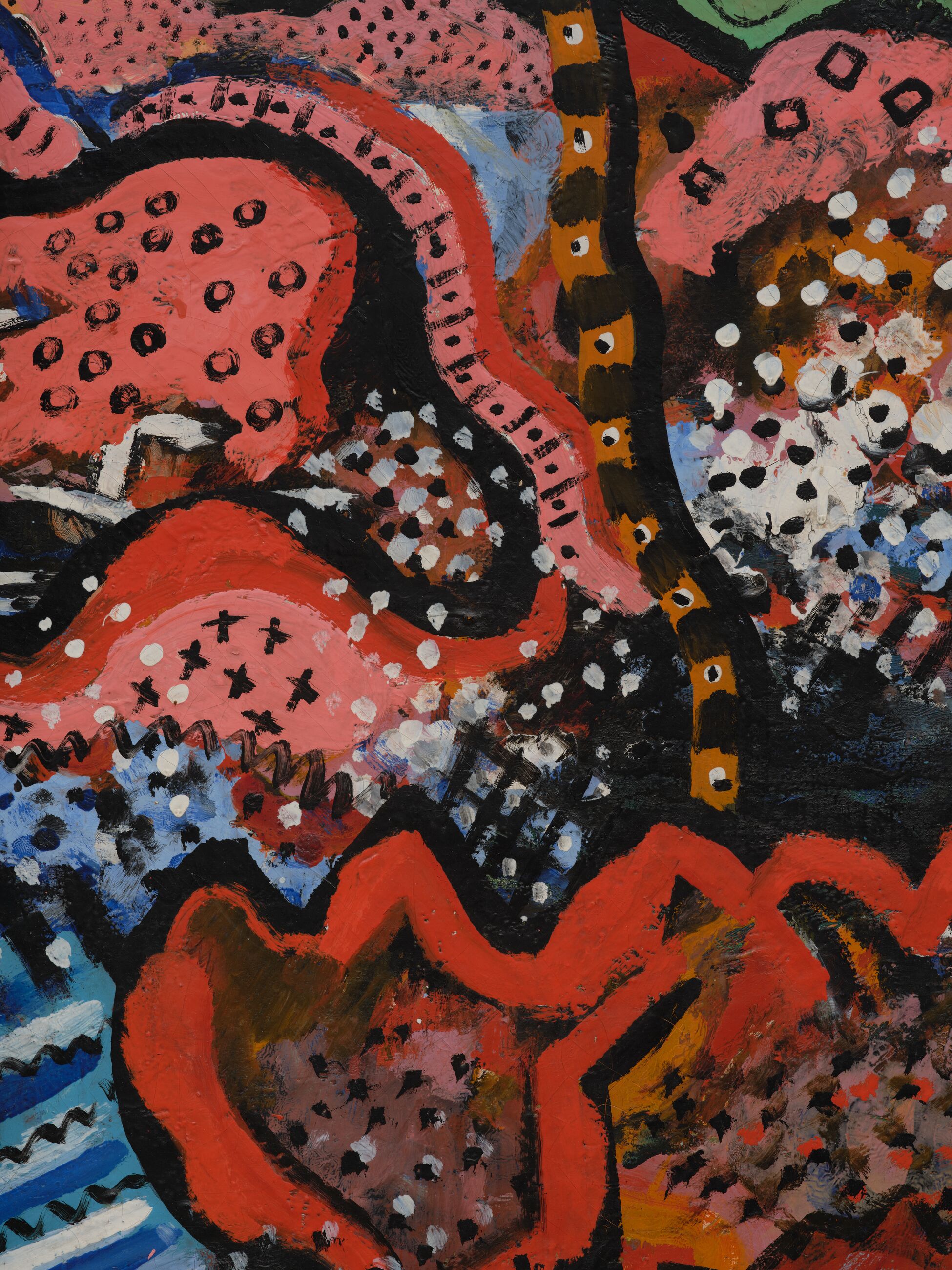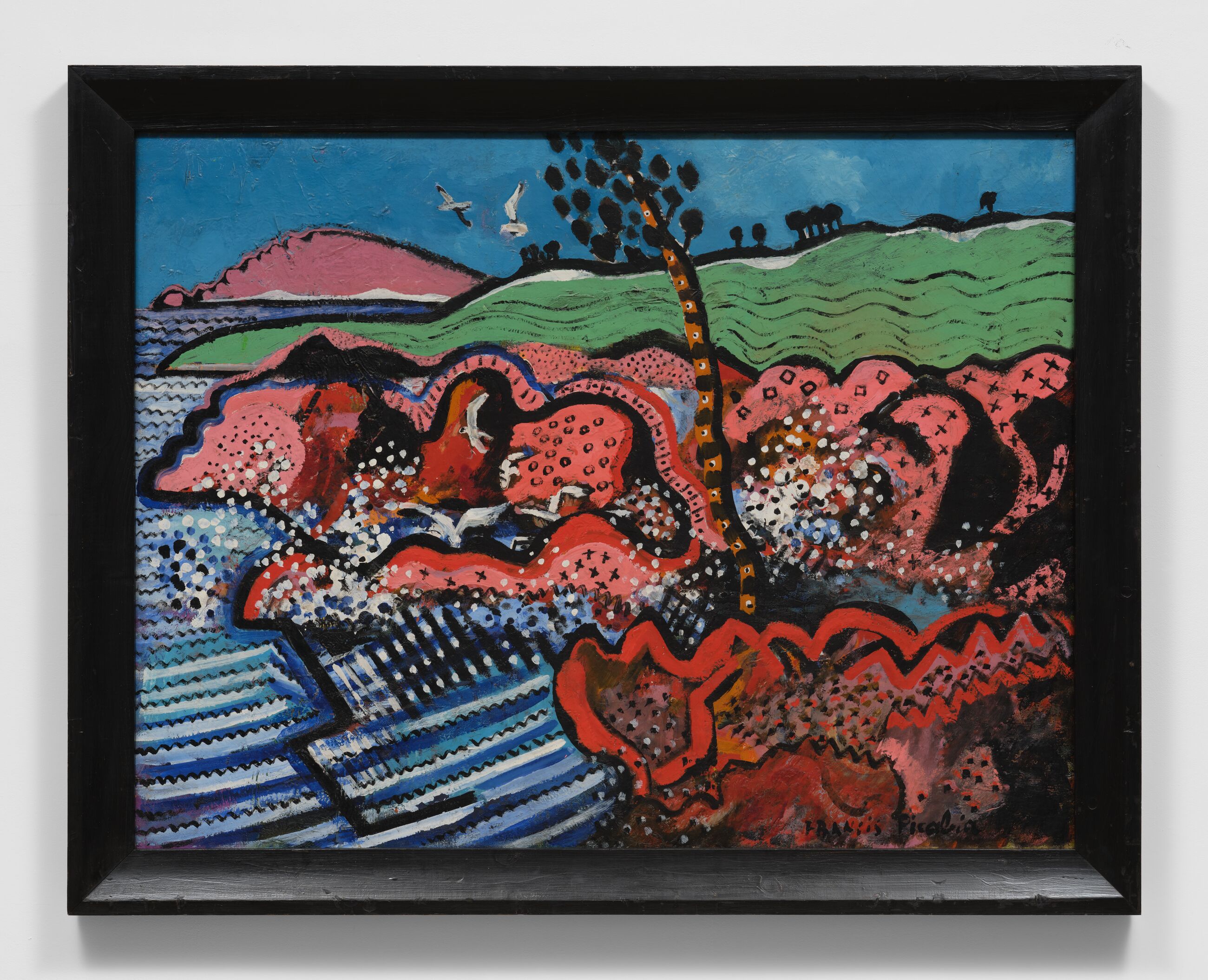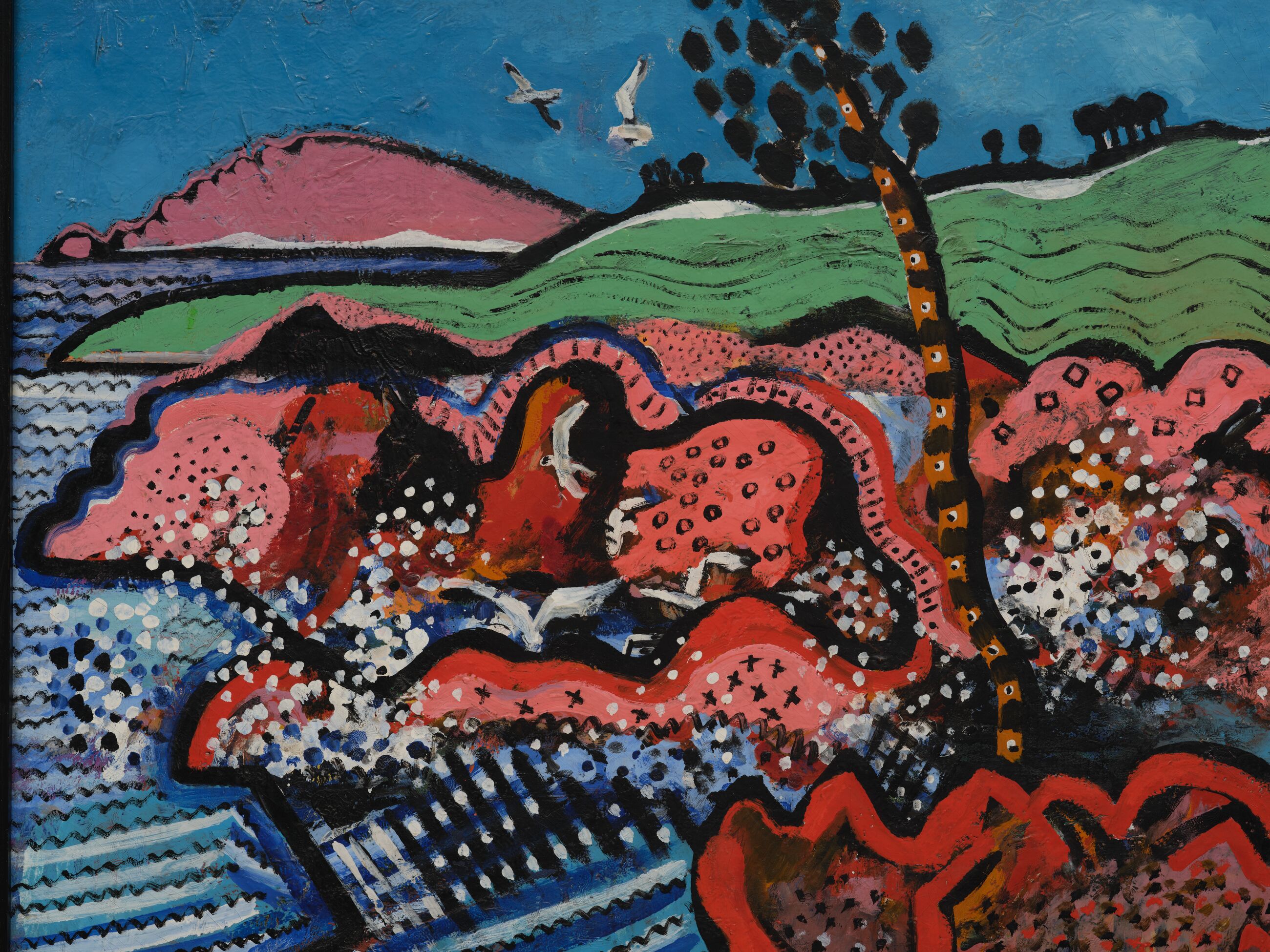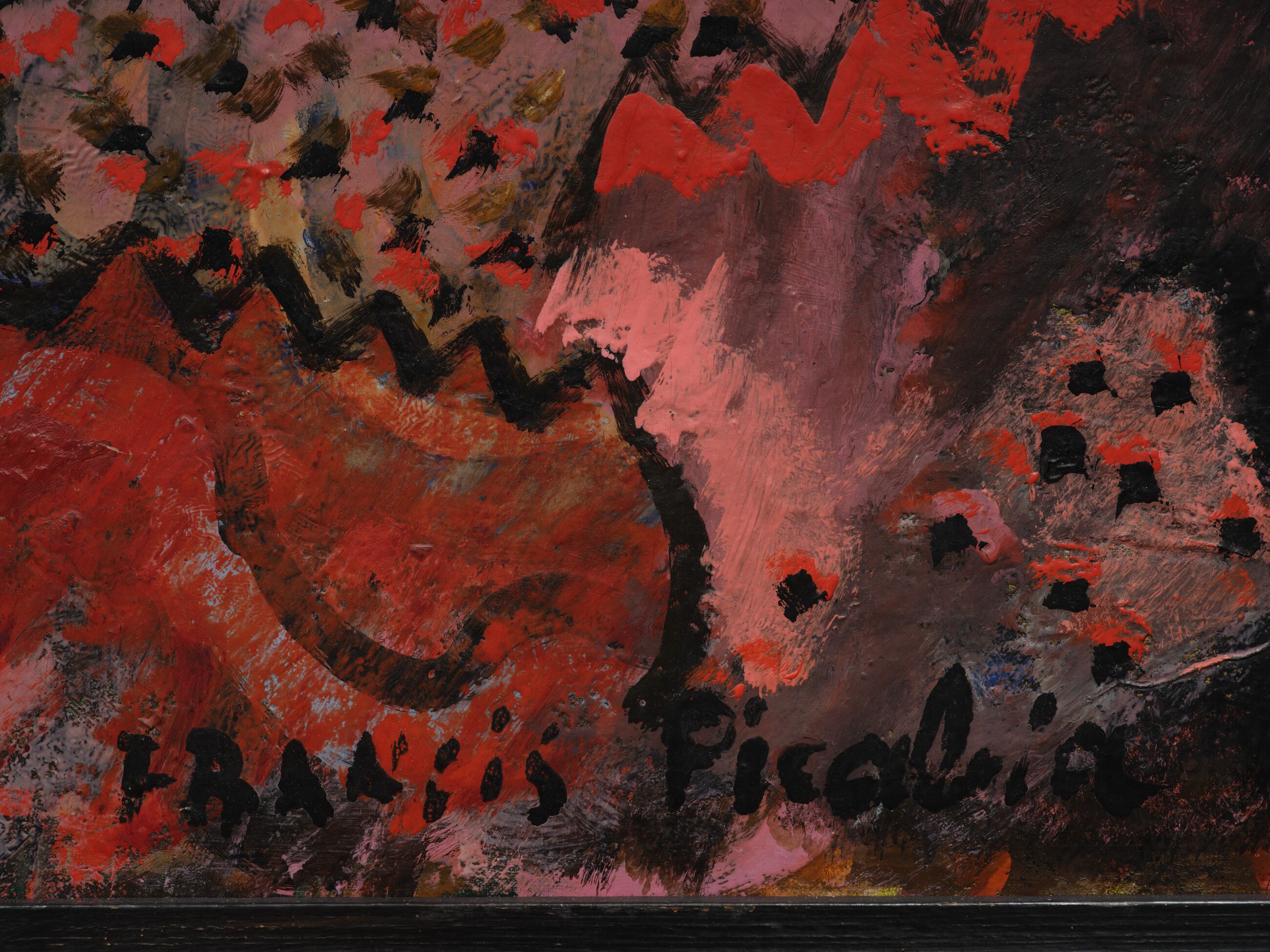Francis Picabia’s ceaselessly inventive spirit is on display in his vibrant ‘Les roches à Saint-Honorat’ (ca. 1924 – 1925), which is among the earliest examples of the artist’s celebrated Monster paintings (1924 – 1927). Diverging from his preceding Dadaist style, this pioneering series utilized bold lines and vivid hues that radically distorted the forms of subjects.
1 / 5
Francis Picabia
Les rochers à Saint-Honorat (The Rocks at Saint-Honorat)
- ca. 1924 – 1925
- Ripolin and oil on canvas
- 89.5 x 117 cm / 35 1/4 x 46 1/8 in
- Recto, lower right, signed: ‘Francis Picabia’
Francis Picabia’s iconic ‘Les rochers à Saint-Honorat (The Rocks at Saint-Honorat)’ will be presented by the gallery at Frieze Masters 2025.
First purchased by fashion designer Jaques Doucet at an important 1926 auction organized by Marcel Duchamp, this painting featured in several major solo shows during Picabia’s lifetime and has since been exhibited at the Moderna Museet, Stockholm; the Städtische Kunsthalle, Düsseldorf; and the Scottish National Gallery of Modern Art, Edinburgh.
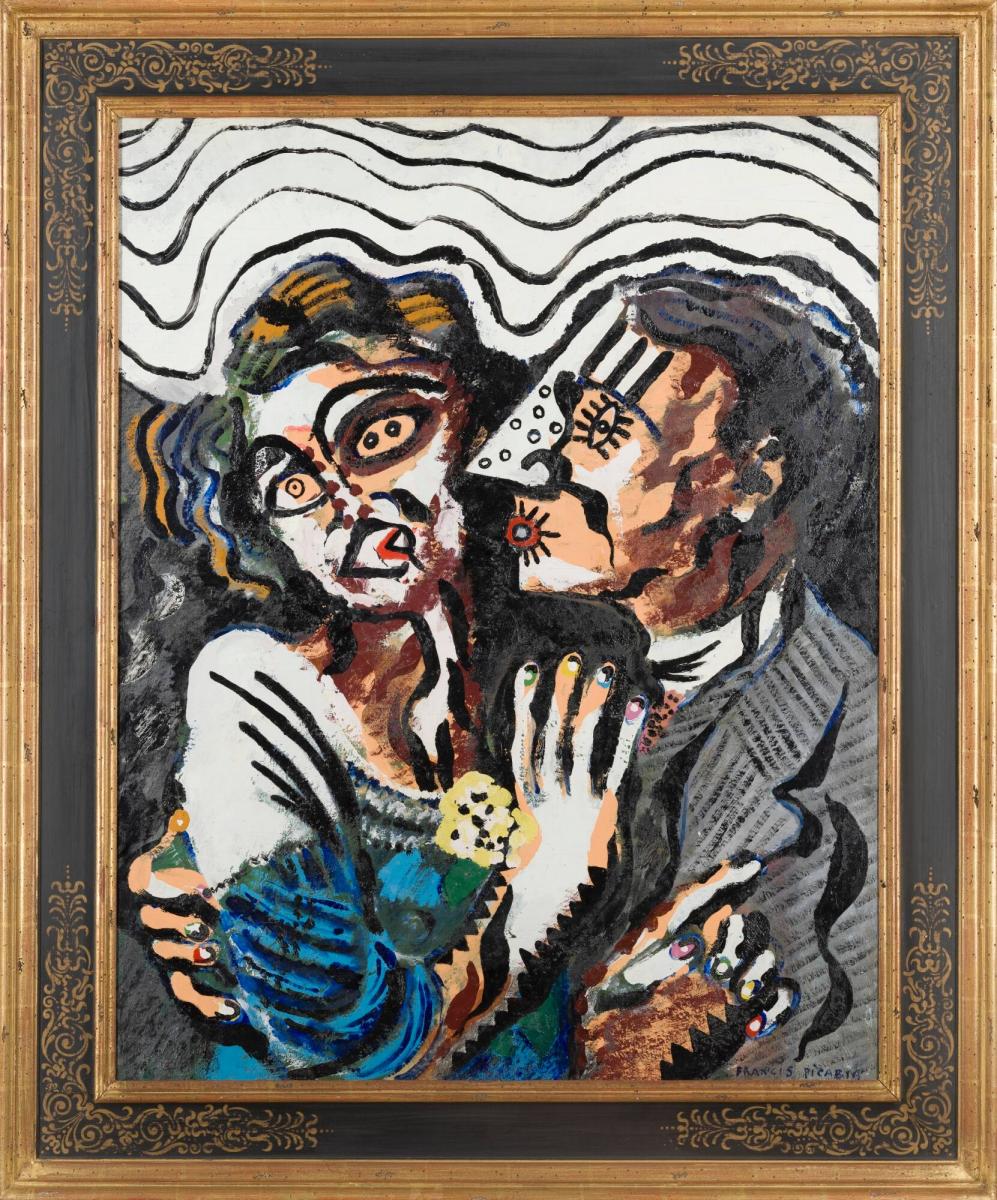
Francis Picabia’s ‘Première rencontre (First Encounter)’ (1925), from his ‘Monster’ series. Courtesy Moderna Museet, Stockholm/SE
Rare within a series dominated by lovers and nudes, this kaleidoscopic landscape is one of four colorful depictions of Cannes executed by Picabia in close succession. Holding an enduring affinity to this spectacular coastline, he previously explored the rugged shores of Saint-Honorat in an Impressionist-style canvas nearly two decades earlier.
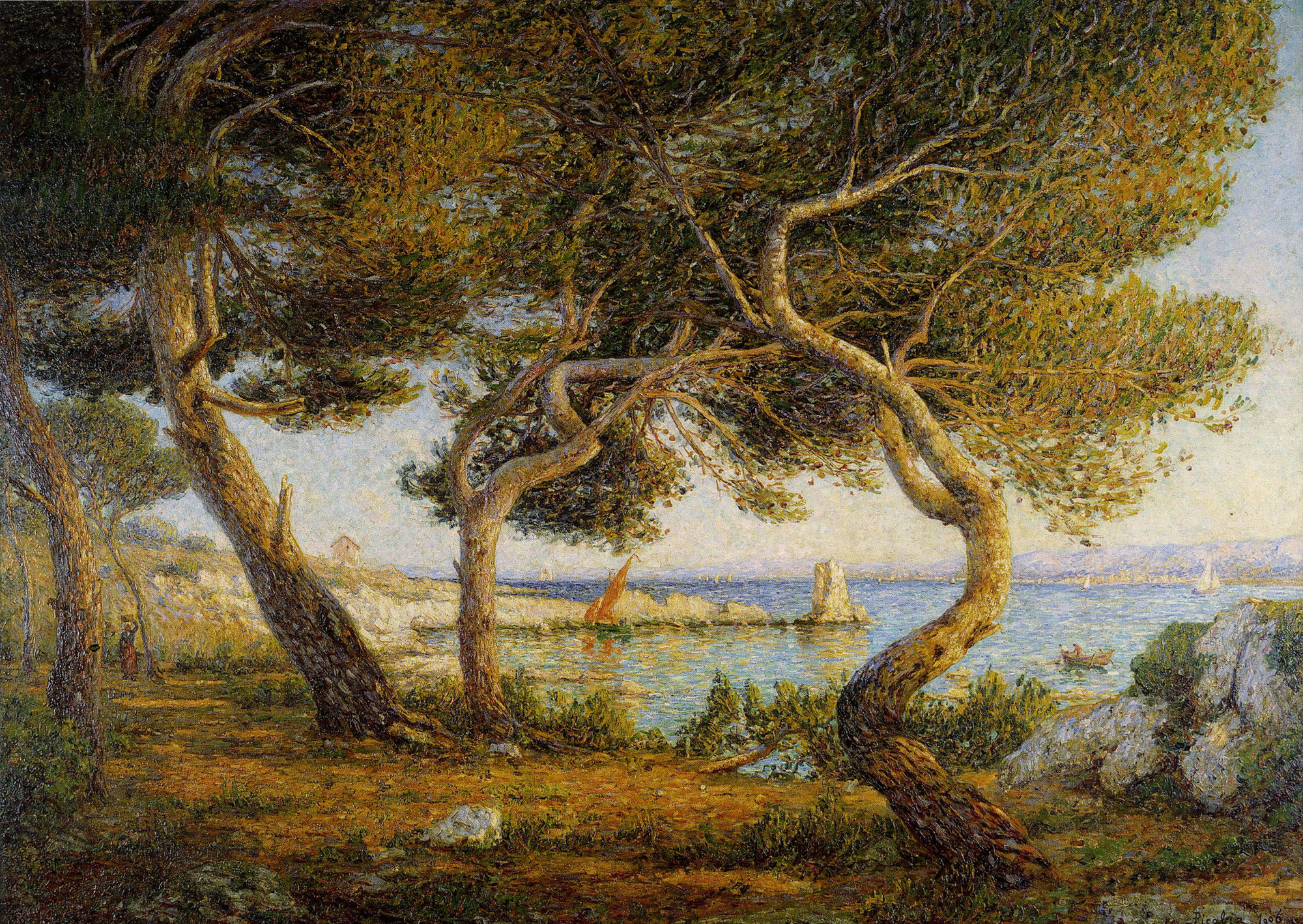
Francis Picabia, ‘Les Pins, effet de soleil à Saint Honorat (Cannes) (Pine Trees, Effect of Sunlight at Saint Honorat [Cannes])’ (1906), Private Collection
Relocating to the South of France in the mid-1920s, Picabia was galvanized by the hedonistic atmosphere and radiant light of the Côte d’Azur. This invigorating climate found renewed expression in rhythmic motifs and luminous palettes, realized here in foamy blue waves that zigzag towards sun-drenched rocks flecked with circles and crosses.
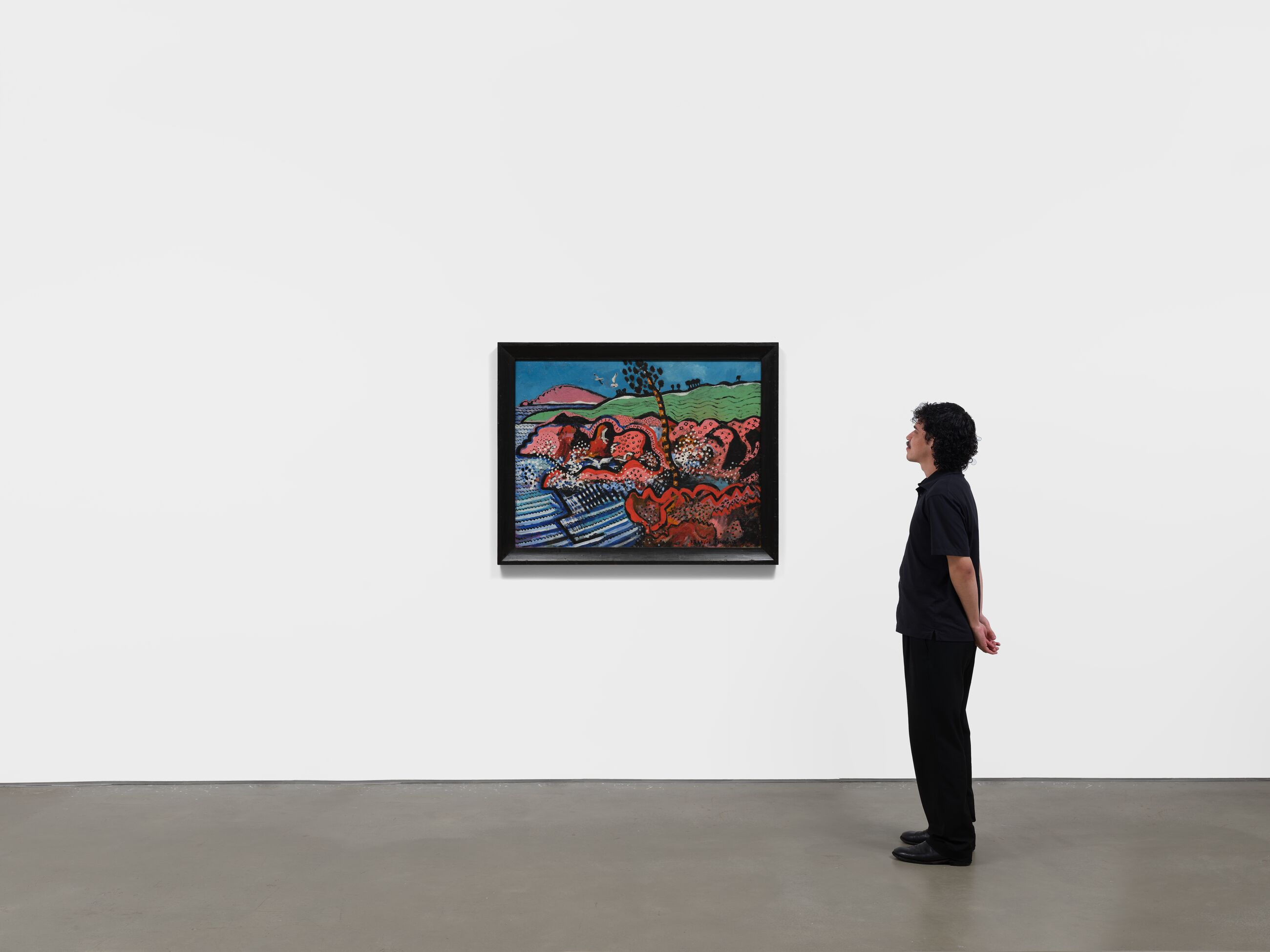
‘The painter makes a choice, then imitates it; the deformation of this choice constitutes art.’
Francis Picabia [1]
Likely inspired by the dazzling postcards sold along the Riviera, the groundbreaking Monster series provocatively references popular culture, satirizing bourgeoisie tastes and subverting avant-garde hierarchies. Underpinned by questions of parody and authenticity, the seminal ‘Les roches à Saint-Honorat’ encapsulates the richly complex and highly irreverent nature of Picabia’s eclectic oeuvre.
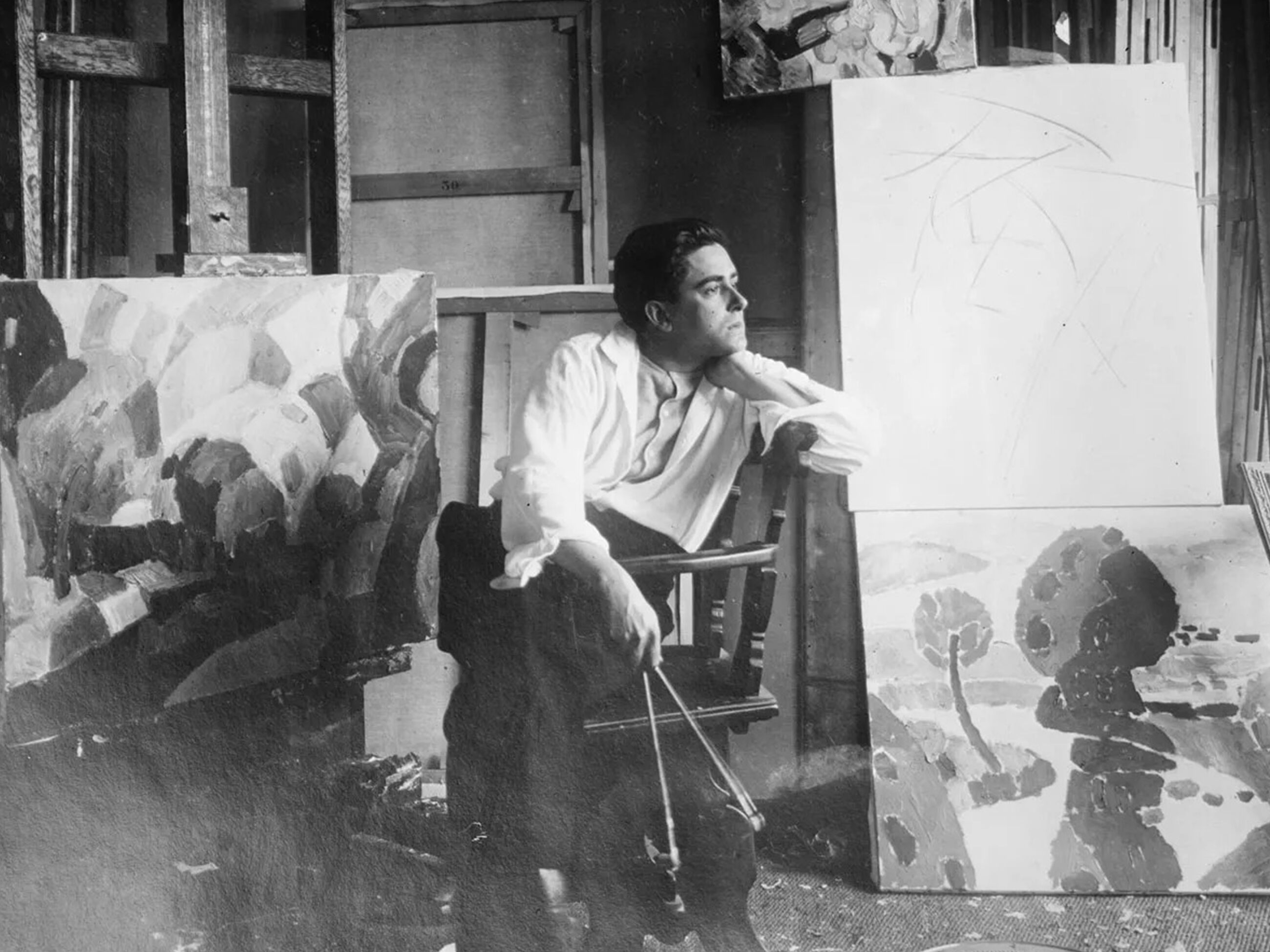
About the artist
Francis Picabia was born François Martinez Picabia in Paris, to a Spanish father and a French mother. After initially painting in an impressionist manner, elements of fauvism and neo-impressionism as well as cubism and other forms of abstraction began to appear in his painting in 1908, by 1912 he had evolved a personal amalgam of cubism and fauvism.
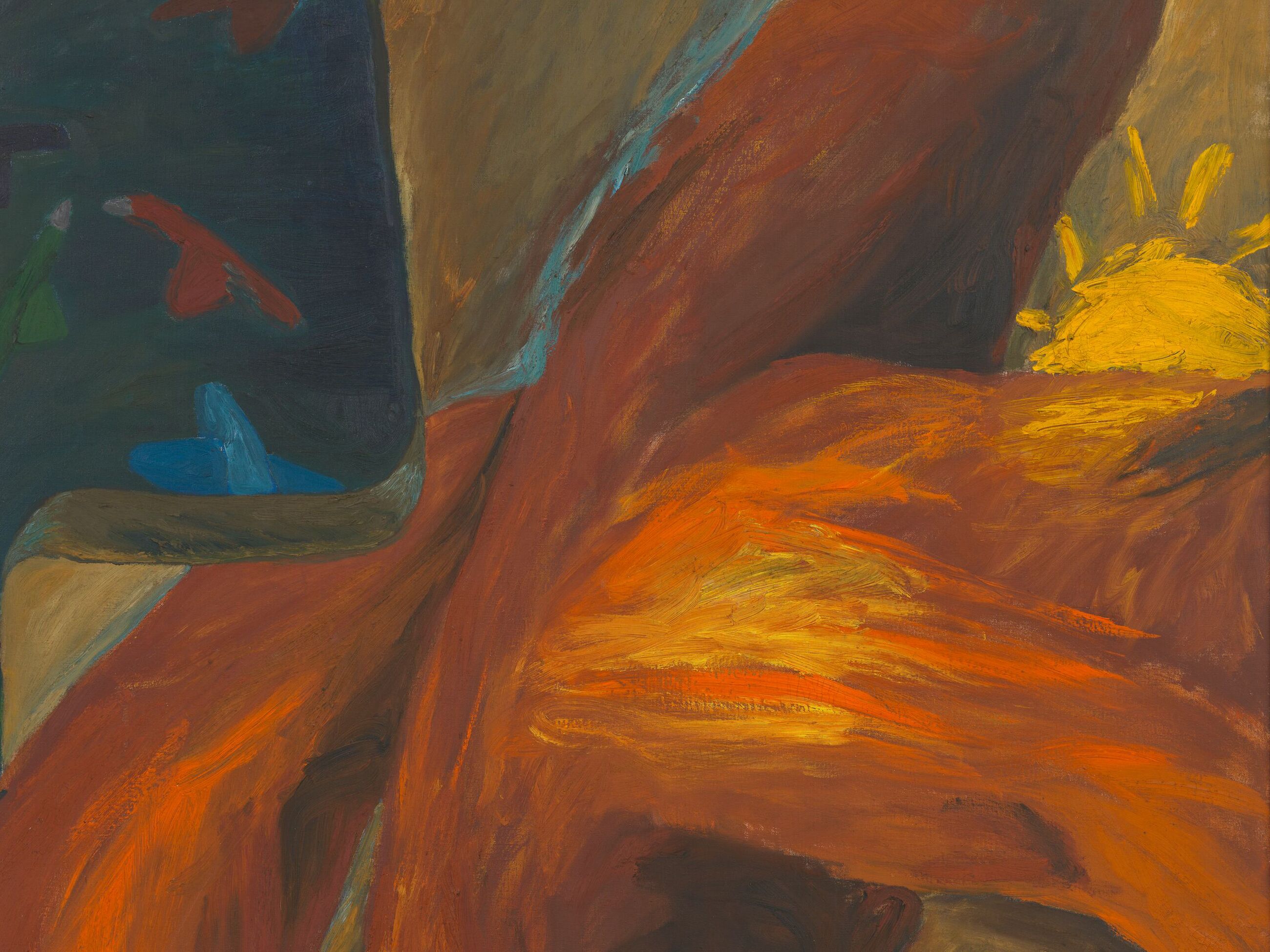
Frieze Masters
Francis Picabia’s iconic ‘Les rochers à Saint-Honorat (The Rocks at Saint-Honorat)’ will be presented by the gallery at Frieze Masters, alongside Louise Bourgeois, Philip Guston, Meret Oppenheim, Marcel Duchamp and more.
[1] Francis Picabia quoted in Alison M. Gingeras, ‘“Dear Painter, paint me...” Painting the figure since late Picabia’, Paris/FR: Centre Pompidou, 2002, p. 3.
Artwork images: Francis Picabia, Les rochers à Saint-Honorat (The Rocks at Saint-Honorat), ca. 1924 – 1925. Photo: Thomas Barratt; Francis Picabia’s ‘Première rencontre (First Encounter)’ (1925), from his ‘Monster’ series. Courtesy Moderna Museet, Stockholm/SE
Portrait: Francis Picabia in his studio, 32 Avenue Charles Floquet, 1911. Courtesy Archives Comité Picabia, Paris
Lee Lozano, No title, 1962 – 1963 © The Estate of Lee Lozano. Photo: Genevieve Hanson
